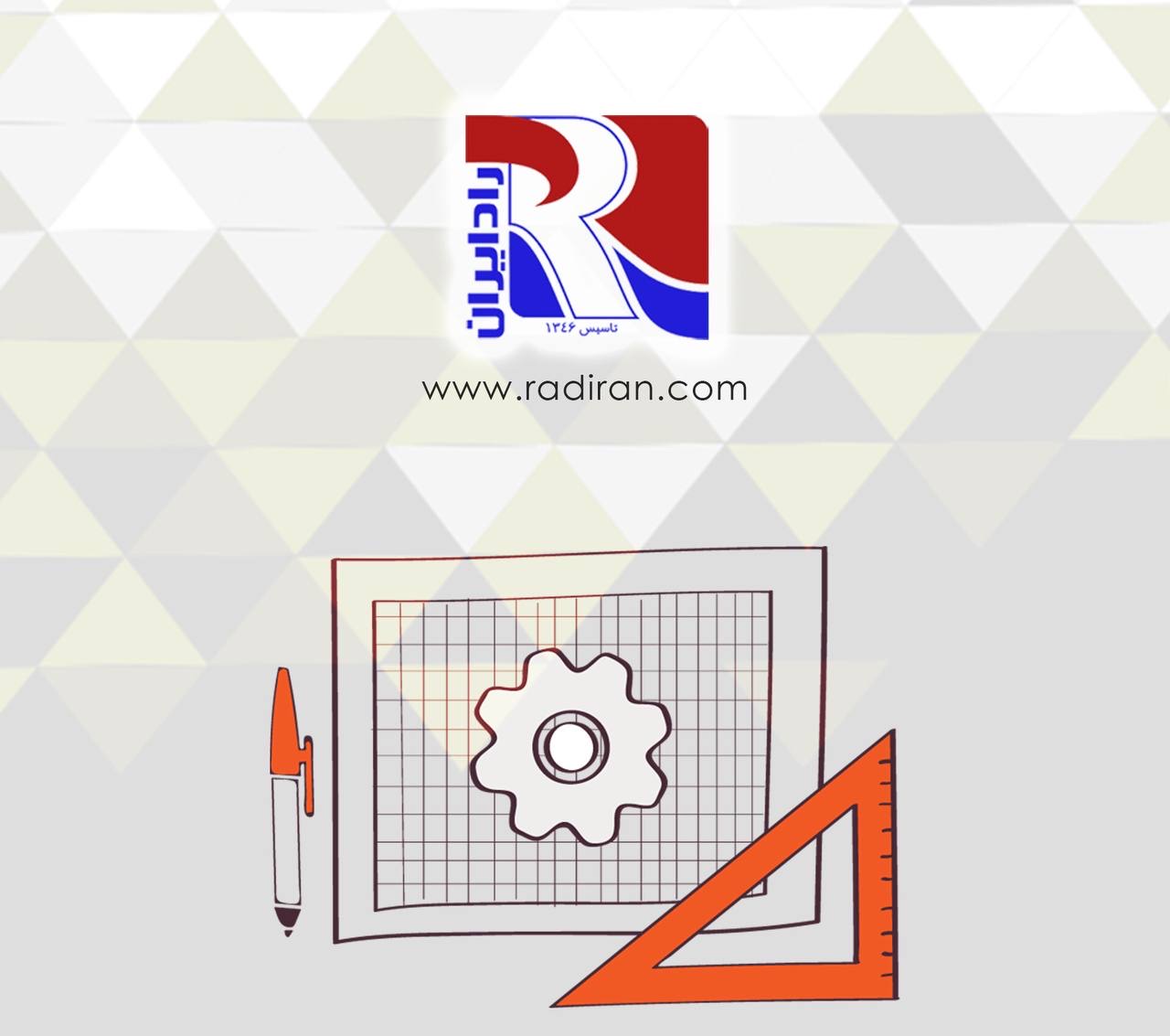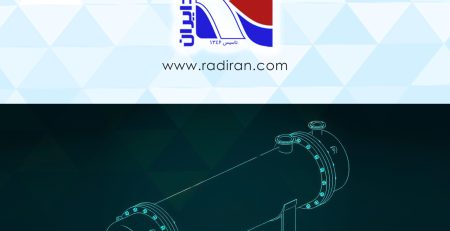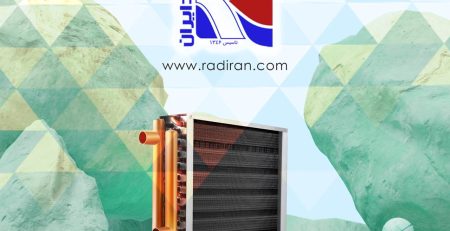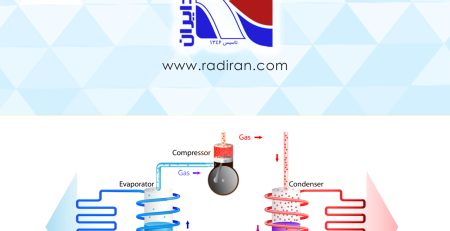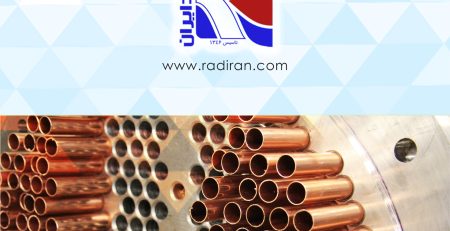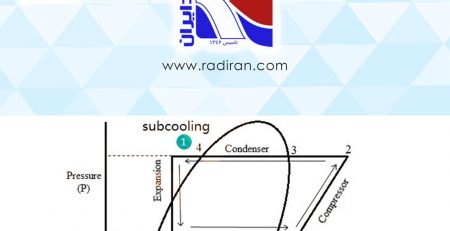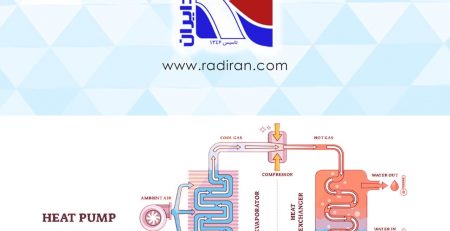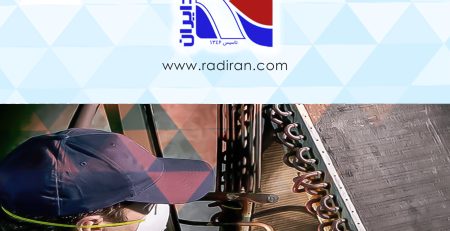Over designing heat exchangers
Over designing heat exchangers can occur due to several reasons:
- Safety and Reliability: Engineers often err on the side of caution to ensure that heat exchangers can withstand unexpected variations in operating conditions or transient events without failure. Over designing can provide a safety margin to prevent catastrophic failures, ensuring the reliability and integrity of the system.
- Uncertainty in Operating Conditions: In many cases, the exact operating conditions of the heat exchanger, such as fluid flow rates, temperatures, and pressures, may be uncertain or subject to change over time. Over designing allows for flexibility to accommodate variations in operating parameters without compromising performance or safety.
- Future Expansion or Modification: Over designing heat exchangers can provide the flexibility to accommodate future expansions or modifications to the system. By designing for higher capacity or performance than currently required, engineers can avoid the need for costly retrofits or replacements as demand increases or operating conditions change.
- Regulatory Compliance: Regulatory requirements and industry standards often dictate minimum design criteria for heat exchangers to ensure safety, environmental protection, and compliance with applicable regulations. Over designing may be necessary to meet or exceed these requirements and ensure regulatory compliance.
- Risk Mitigation: In critical applications or industries where downtime can have significant consequences, such as power generation or chemical processing, over designing heat exchangers can help mitigate operational risks and ensure continuous operation under a wide range of conditions.
- Lack of Detailed Operating Data: In some cases, limited or incomplete data on operating conditions or performance requirements may lead engineers to overestimate design parameters or safety factors as a precautionary measure.
- Cost of Failure: The potential consequences of heat exchanger failure, including production losses, environmental damage, and safety hazards, may outweigh the upfront costs of over designing. Investing in a more robust design can be justified by the potential cost savings associated with avoiding downtime or mitigating risks.
Overall, while over designing heat exchangers can result in higher upfront costs and potentially underutilized capacity, it is often motivated by the need to ensure safety, reliability, compliance, and operational flexibility in demanding industrial applications. In Radiran you can order your heat exchangers and we will consider every possible factor to design and manufacture your order perfectly.

